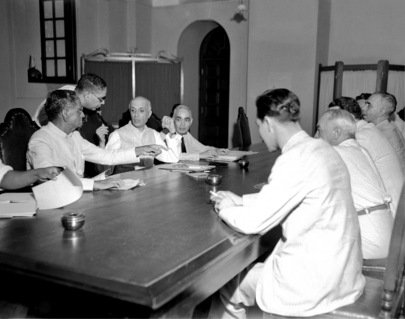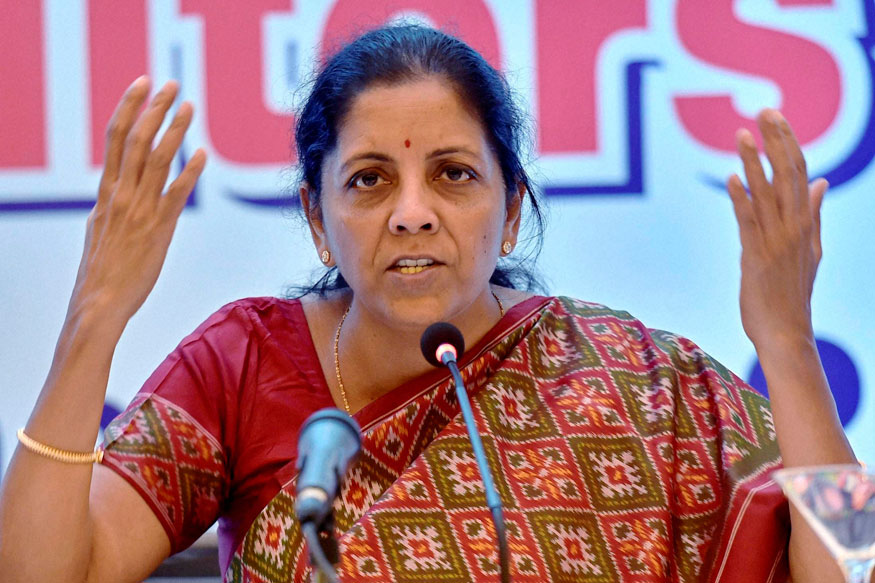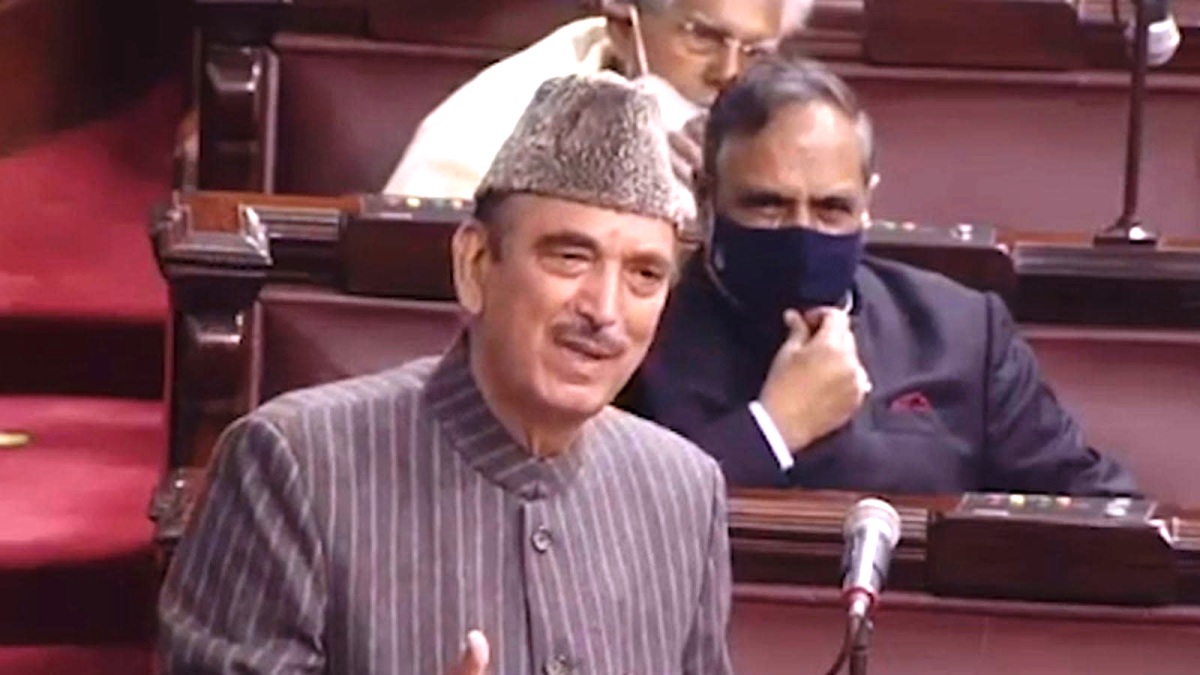After India and Pakistan fought the first war over Kashmir soon after becoming independent and sovereign states in 1947, it led to the intervention from the UN. In October 1947, tribals raided Kashmir forcing Maharaja Hari Singh to flee Kashmir. He sought help from India and signed the instrument of accession following which Indian army landed in Srinagar on October 27. Pitched battles were fought and tribals chased away. By then, however, the princely state of J&K was sliced into two parts. Indian government sought United Nations (UN) mediation of the conflict on January 1, 1948 and the mediation process brought the war to a close on January 1, 1949, a year later, and it formally stopped at 2359 hours on the night of 1/2 January 1949. Subsequently, the two countries were encouraged by the UN to ink a pact on July 29, 1949 that established the cease-fire line, a divide that later became the LoC. The actual text if the agreement follows:

“Agreement between Military Representatives of India and Pakistan regarding the Establishment of a Cease-fire Line in the State of Jammu and Kashmir
(Annex 26 of UNCIP Third Report – S/1430 Add 1 to 3)
29 July, 1949
I. INTRODUCTION
A. The military representatives of India and Pakistan met together in Karachi from 18 July to 27 July l949 under the auspices of the Truce Sub-Committee of the United Nations Commission for India and Pakistan.
B. The members of the Indian delegation were: Lieutenant- General S.M. Shrinagesh, Major-General K.S Thimayya, Brigadier S.H.F.J. Manekshaw. As observers: Mr. H.M. Patel, Mr. V. Sahay.
C. The members of the Pakistan delegation were: Major-General W.J. Cawthorn, Major-General Nazir Ahmed, Brigadier M. Sher Khan. As observers: Mr. M. Ayub, Mr. A. A. Khan.
D. The members of the Truce Sub-Committee of the United Nations Commission for India and Pakistan were: Mr. Hernando Samper (Colombia), Chairman; Mr. William L.S. Williams (United States); Lieutenant-General Maurice Delvoie, Military Adviser, Mr. Miguel A. Marin, Legal Adviser.

II. AGREEMENT
A. Considering:
1. That the United Nations Commission for India and Pakistan, in its letter dated 2 July, 1949, invited the Governments of India and Pakistan to send fully authorised military representatives to meet jointly in Karachi under the auspices of the Commission’s Truce Sub-Committee to establish a cease-fire line in the State of Jammu and Kashmir, mutually agreed upon by the governments of India and Pakistan;
2. That the United Nationals Commission for India and Pakistan in its letter stated that “The meeting will be for military purposes; political issues will not be considered,” and that “They will be conducted without prejudice to negotiations concerning the truce agreement”;
3. That in the same letter the United Nations Commission for India and Pakistan further stated that “The cease-fire line is a complement of the suspension of hostilities, which falls within the provisions of Part I of the resolution of 13 August, 1948 and can be considered separately from the questions relating to Part II of the same resolution”;
4. That the governments of India and Pakistan, in their letters dated 7 July, 1949, to the Chairman of the Commission, accepted the Commission’s invitation to the military conference in Karachi.
B. The delegations of India and Pakistan, duly authorised, have reached the following agreement:
1. Under the provision of Part I of the resolution of 13 August, 1948, and as a complement of the suspension of hostilities in the State of Jammu and Kashmir on 1 January, 1949, a cease-fire line is established.
2. The cease-fire line runs from Manawar in the south, north to Keran and from Keran east to the glacier area, as follows:
(a) The line from Manawar to the south bank of Jhelurn River at Urusa (inclusive to India) is the line now defined by the factual positions about which there is agreement between both parties. Where there has hitherto not been agreement, the line shall be as follows:
(i) in the Patrana area: Kohel (inclusive to Pakistan) north along
the Khuwala Kas Nullah up to Point 2276 (inclusive to India), thence
to Kirni (inclusive to India).
(ii) Khambha, Pir Satwan, Point 3150 and Point 3606 are inclusive
to India, thence the line runs to the factual position at Bagla Gala,
thence to the factual position at Point 3300.
(iii) In the area south of Uri the positions of Pir Kanthi and Ledi
Gali are inclusive to Pakistan.
(b) From the north bank of the Jhelum River the line runs from a point opposite the village of Urusa (NL 972109), thence north following the Ballaseth Da Nar Nullah (inclusive to Pakistan), up to NL 973140, thence north-east to Chhota Qazinag (Point 10657 inclusive to India), thence to NM 010180, thence to NM 037210, thence to Point 11825 (NM 025354, inclusive to Pakistan), thence to Tutrnari Gali (to be shared by both sides, posts to be established 500 yards on either side of the Gali), thence to the north-west through the first “R” of Burji Nar to north of Gadori, thence straight west to just north of point 9870, thence along the black line north of Bijidhar to north of Batarasi, thence to just south of Sudhpura, thence due north to the Kathaqazinag Nullah, thence along the Nullah to its junction with the Grangnar Nullah, thence along the latter Nullah to Kajnwala Pathra (inclusive to India), thence across the Danna ridge (following the factual positions) to Richmar Gali (inclusive to India), thence north to Thanda Katha Nullah, thence north to the Kishansanga River. The line then follows the Kishanganga River up to a point situated between Fargi and Tarban, thence (all inclusive to Pakistan) to Bankoran. thence north-east to Khori, thence to the hill feature 8930 (in Square 9053), thence straight north to Point 10164 (in Square 9057), thence to Point 10323 (in Square 9161), thence north east straight to Guthur, then to Bhutpathra, thence to NL 980707, thence following the Bugina Nullah to the junction with the Kishanganga River at Point 4739. Thereafter the line follows the Kishanganga River to Keran and onwards to Point 4996 (NL 975818).
(c) From Point 4996 the line follows (all inclusive to Pakistan) the Famgar Nullah eastward to Point 12124, to Katware, to Point 6678. then to the north-east to Sarian (Point 11279), to Point 11837, to Point 13090 to Point 12641, thence east again to Point 11142, thence to Dhakki, thence to Poin: 11415, thence to Point 10301, thence to Point 7507, thence to Point 10685, thence to Point 8388, thence south-east to Point 11812. Thence the line runs (all inclusive to India), to Point 13220, thence across the river to the east to Point 13449 (Durmat), thence to Point 14586 (Anzbari), thence to Point 13554, thence to Milestone 45 on the Burzil Nullah, thence to the east to Ziankal (Point 12909), thence to the south-east to Point 11114, thence to Point 12216, thence to Point 12867, thence to the east to Point 11264, thence to Karo (Point 14985), thence to Point 14014, thence to Point 12089, thence following the track to Point 12879. From there the line runs to Point 13647 (Karobal Gali, to be shared by both sides). The cease-fire line runs thence through Retagah Chhish (Point 15316), thence through Point 15889, thence through Point 17392, thence through Point 16458, thence to Marpo La (to be shared by both sides), thence through Point 17561, thence through Point 17352, thence through Point 18400, thence through Point 16760, thence to (inclusive to India) Dalunang.
(d) From Dalunang eastwards the cease-fire line will follow the general line point 15495, Ishman, Manus, Gangam, Gunderman, Point 13620, Funkar (Point 17628), Marmak, Natsara, Shangruti (Point 1,531), Chorbat La (Point 16700), Chalunka (on the Shyok River), Khor, thence north to the glaciers. This portion of the cease- fire line shall be demarcated in detail on the basis of the factual position as of 27 July, 1949, by the local commanders assisted by United Nations military observers.
C. The cease-fire line described above shall be drawn on a one- inch map (where available) and then be verified mutually on the ground by local commanders on each side with the assistance of the United Nations military observers, so as to eliminate any no-man’s land. In the event that the local commanders are unable to reach agreement, the matter shall be referred to the Commission’s Military Adviser, whose decision shall be final. After this verification,
Done in Karachi on 27 July, 1949
For the Government of India:
S. M. Shrinagesh
For the Government of Pakistan:
J. Cawthorn
Major-General
For the United Nations Commission for India and Pakistan:
Hernando Samper
M. Delvoie”















